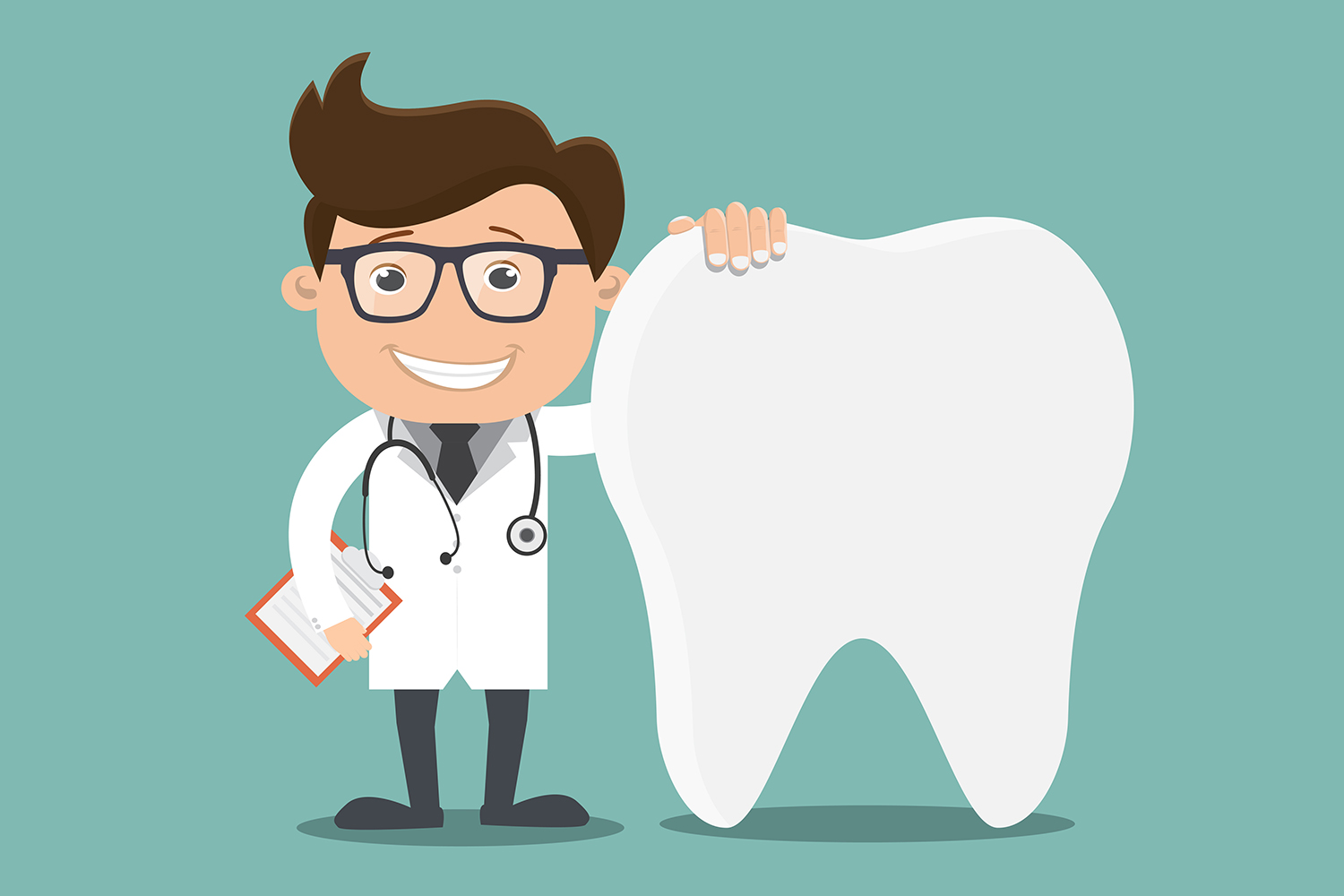Transform Your Smile with Porcelain Veneers Washington DC for a Radiant Look
Transform Your Smile with Porcelain Veneers Washington DC for a Radiant Look
Blog Article
Typical Questions Regarding Oral Veneers Responded To
Oral veneers have become a progressively desired option for those seeking to improve their smiles, yet many individuals stay unsure about numerous elements of their usage. Trick inquiries usually arise pertaining to the application procedure, durability, and potential threats connected with these cosmetic improvements. The distinction in between porcelain and composite veneers can substantially influence one's option. As we check out these usual inquiries, it becomes vital to think about not just the benefits but also the implications of choosing oral veneers in search of an extra positive look. What elements should one evaluate prior to making such a choice?
What Are Dental Veneers?
Oral veneers are slim, custom-made coverings crafted from porcelain or composite resin that are created to cover the front surface area of teeth. These oral prosthetics serve both aesthetic and functional objectives, offering a solution for different dental blemishes, consisting of staining, chips, spaces, and misalignment. By adhering to the teeth, veneers can substantially enhance the overall look of a smile, developing a more consistent and appealing look.
Porcelain veneers are specifically preferred for their all-natural translucency and stain resistance, making them an excellent option for people looking for resilient results. In comparison, composite resin veneers are usually less costly and can be used in a single visit, yet they may not provide the same longevity as porcelain alternatives.
The decision to select dental veneers typically comes from a wish for visual renovation, yet people need to also consider factors such as the longevity of the material, maintenance requirements, and the potential need for tooth decrease (Porcelain Veneers Washington DC). Ultimately, dental veneers represent a versatile and reliable solution for achieving a radiant smile, accommodating specific aesthetic requirements while promoting confidence and self-esteem
Just How Are Veneers Applied?
The application procedure for veneers needs cautious planning and accuracy to make certain ideal results. The procedure typically starts with a detailed examination, where the dental practitioner reviews the individual's dental health, reviews preferred results, and determines the ideal kind of veneers, whether porcelain or composite resin.
Once the therapy plan is developed, the dental expert prepares the teeth by removing a slim layer of enamel, normally about 0.5 mm to 1 mm, to suit the veneer. This step is crucial as it makes certain an appropriate fit and prevents the veneers from showing up bulky - Low Cost Veneers. After preparation, impressions of the teeth are required to develop custom veneers that match the patient's one-of-a-kind oral framework and aesthetic preferences
While the irreversible veneers are being made in an oral laboratory, momentary veneers might be put to secure the ready teeth. As soon as the permanent veneers are all set, the dental professional will meticulously bond them to the teeth making use of a solid oral adhesive.
What Are the Perks?

Furthermore, veneers are understood for their toughness and resistance to discoloring contrasted to all-natural teeth. Made from high-grade materials such as porcelain or composite resin, they can preserve their look for several years with proper care. This longevity makes them a functional investment in one's dental look.
In addition to visual improvements, veneers can also add to enhanced oral health. By covering damaged or weakened teeth, they discover this can give extra support and protection, assisting to avoid further decay or deterioration. This safety aspect can minimize the need for more considerable oral treatments in the future.

The Length Of Time Do They Last?
With correct treatment and upkeep, oral veneers can last anywhere from 10 to 15 years, making them a lasting solution for improving one's smile. The durability of veneers mainly depends upon the material made use of, the high quality of the preliminary placement, and the person's adherence to dental hygiene methods.
Porcelain veneers are understood for their toughness and resistance to discoloration, generally lasting closer to the 15-year mark when cared for suitably. Compound veneers, while extra inexpensive, might call for substitute sooner, usually within 5 to 10 years because of their vulnerability to use and staining.

Furthermore, using a mouthguard during sports or nighttime can provide added defense. Ultimately, while veneers provide a significant visual improvement, their durability is considerably affected by the commitment to appropriate oral care and normal consultations with a dental web expert.
Exist Any Dangers?
Considering the transformative results of oral veneers, it is necessary to acknowledge the possible dangers related to their application. While veneers can improve the appearance of teeth, the treatment involves the removal of a slim layer of enamel, which can enhance tooth sensitivity and susceptability to decay.
One considerable risk is the opportunity of inappropriate positioning or suitable, leading to discomfort, bite imbalance, or also damages to the underlying tooth structure. Furthermore, if the veneers are not maintained effectively, they can become discolored or chipped over time, necessitating replacement.
Patients may likewise experience allergic responses to the materials utilized in the veneers, particularly if they have sensitivities to particular dental composites. Additionally, while veneers are sturdy, they are not undestroyable; extreme pressure from clenching or grinding can lead to cracks.
It is necessary for patients to seek advice from with a certified dental specialist to review their private dangers and to follow aftercare guidelines diligently. By recognizing these risks, people can make educated decisions concerning their oral veneer therapy and make sure the durability and success of their enhancements.
Conclusion
In recap, dental veneers represent a useful cosmetic remedy for enhancing smiles, with factors to consider regarding their application, advantages, durability, and connected threats. Their effectiveness is affected by aspects such as the choice of product, with porcelain offering remarkable durability contrasted to composite alternatives. Correct care and maintenance are necessary to make the most of the lifespan of veneers. Inevitably, notified decision-making pertaining to dental veneers can lead to satisfying visual outcomes and improved oral health and wellness.
Dental veneers are slim, customized shells crafted from porcelain or composite resin that are developed to cover the front surface area of teeth. After preparation, impressions of the teeth are taken to create custom-made veneers that match the client's distinct oral structure and aesthetic preferences.
While the irreversible veneers are being fabricated in a dental lab, short-lived veneers may be put to shield the ready teeth. When the long-term veneers find this are all set, the dental practitioner will carefully bond them to the teeth making use of a strong oral adhesive. Ultimately, informed decision-making concerning dental veneers can lead to acceptable aesthetic outcomes and improved dental health.
Report this page